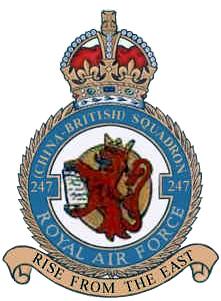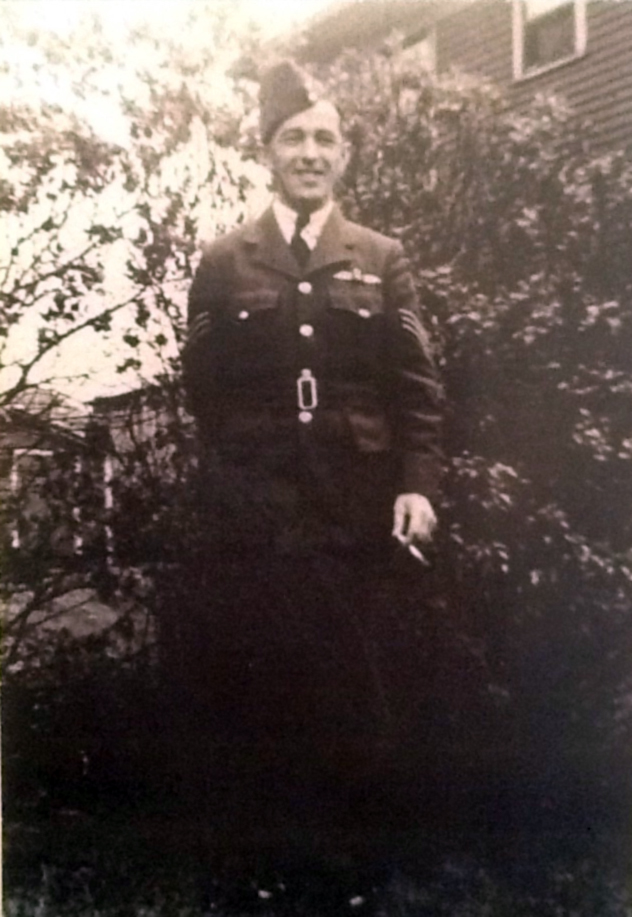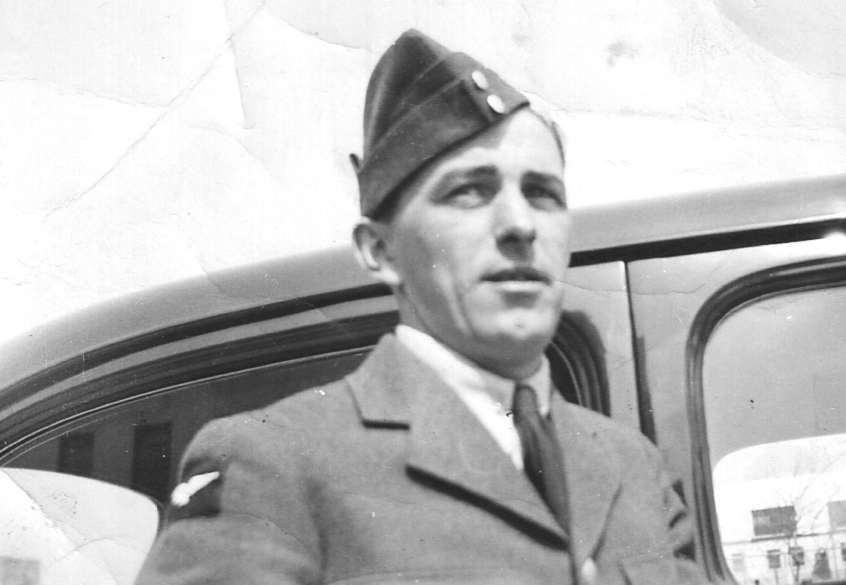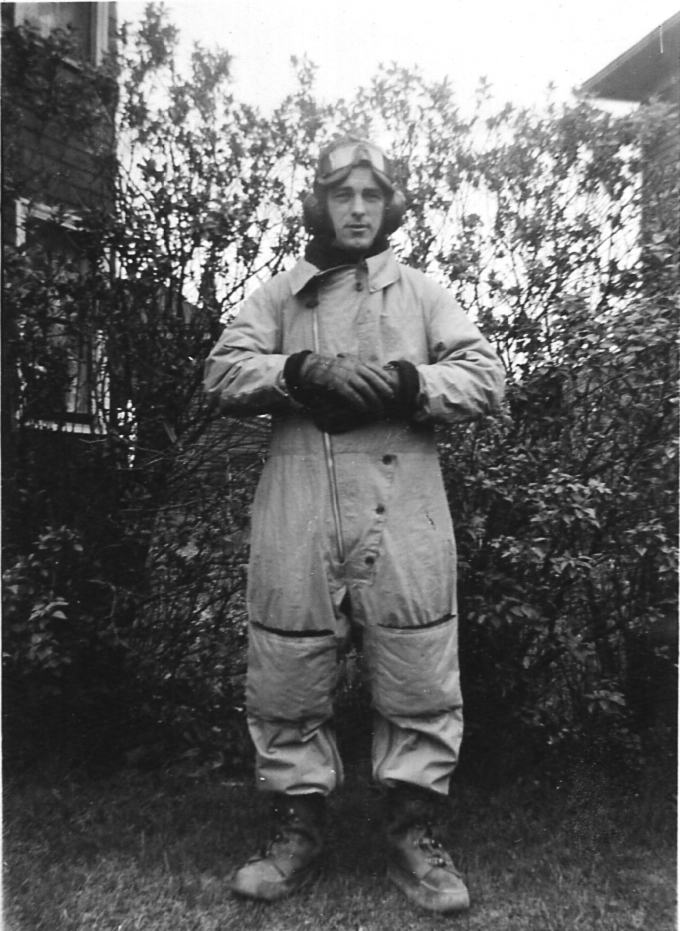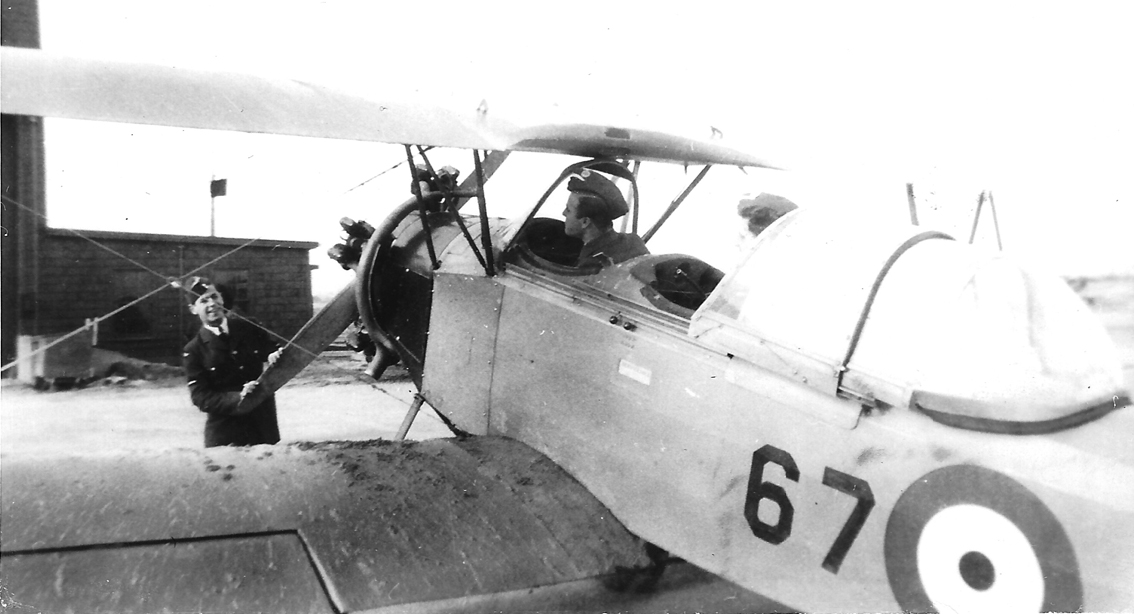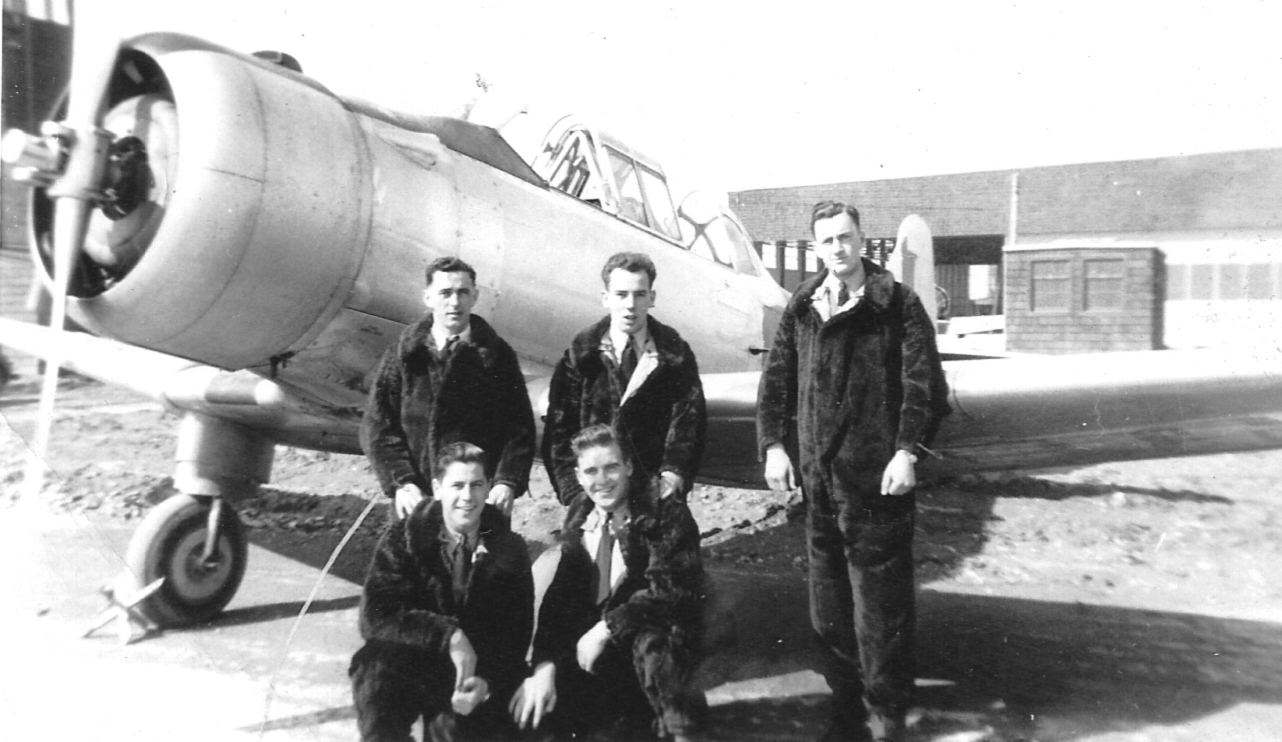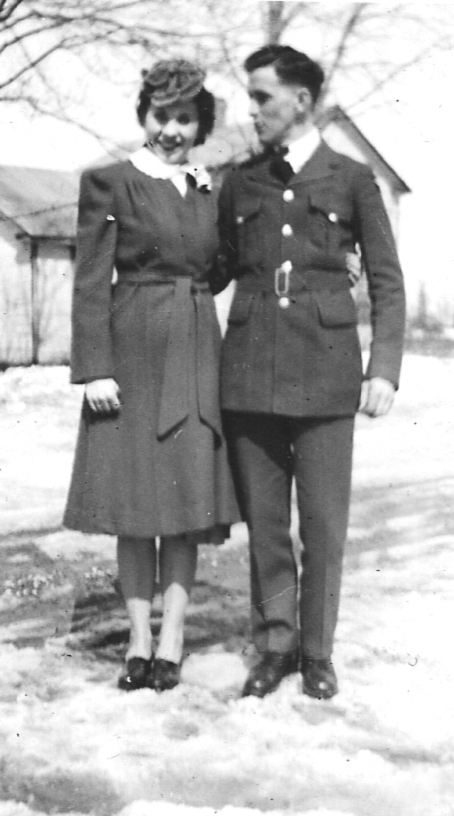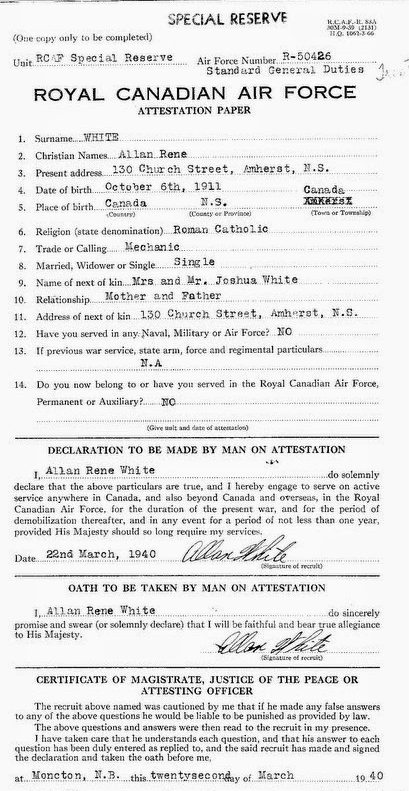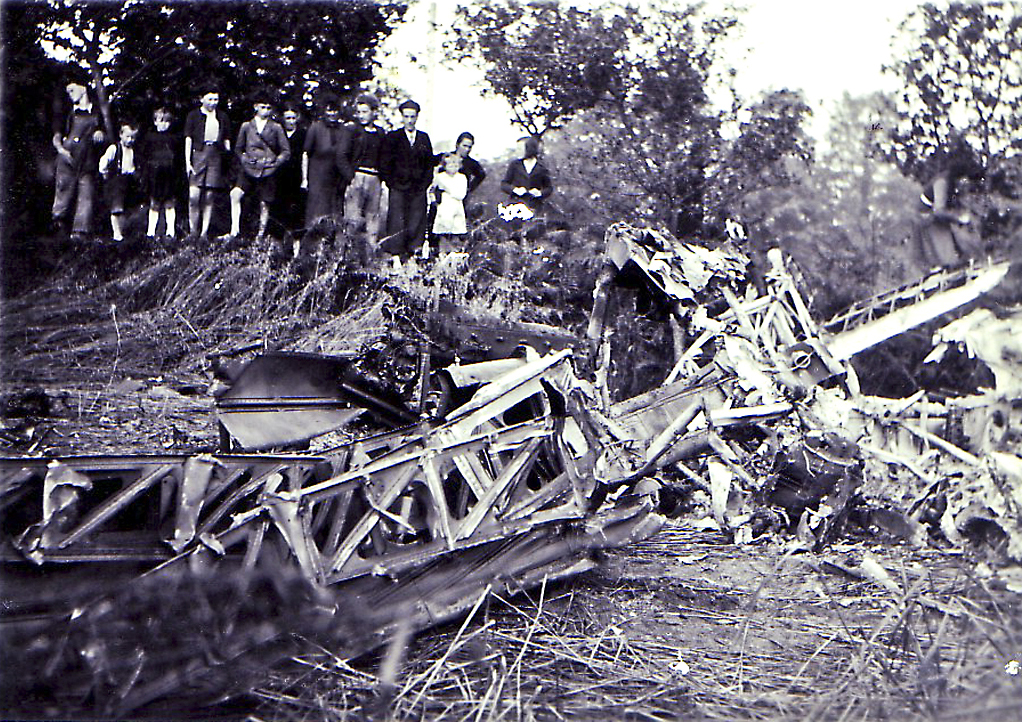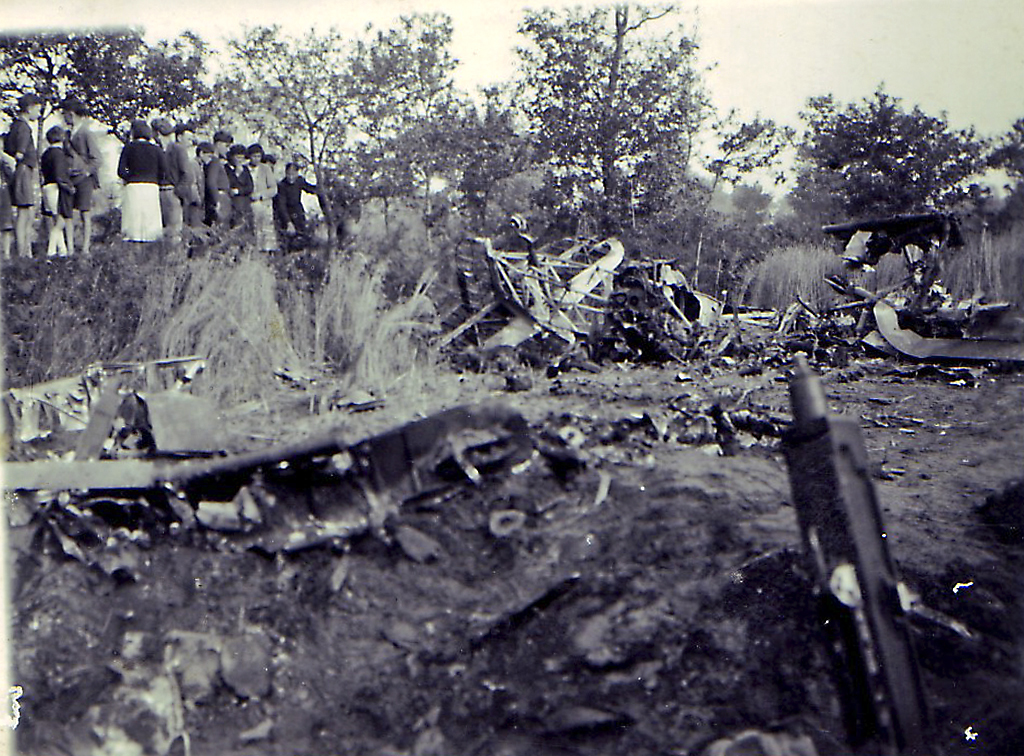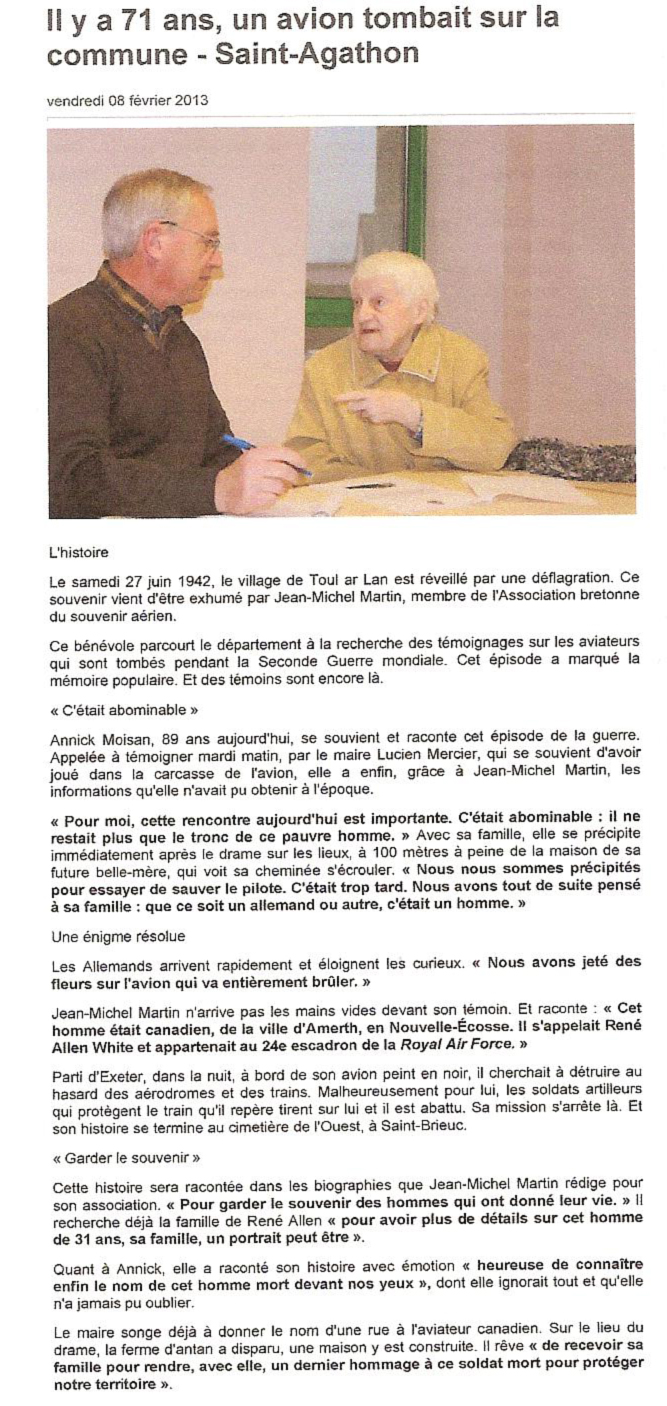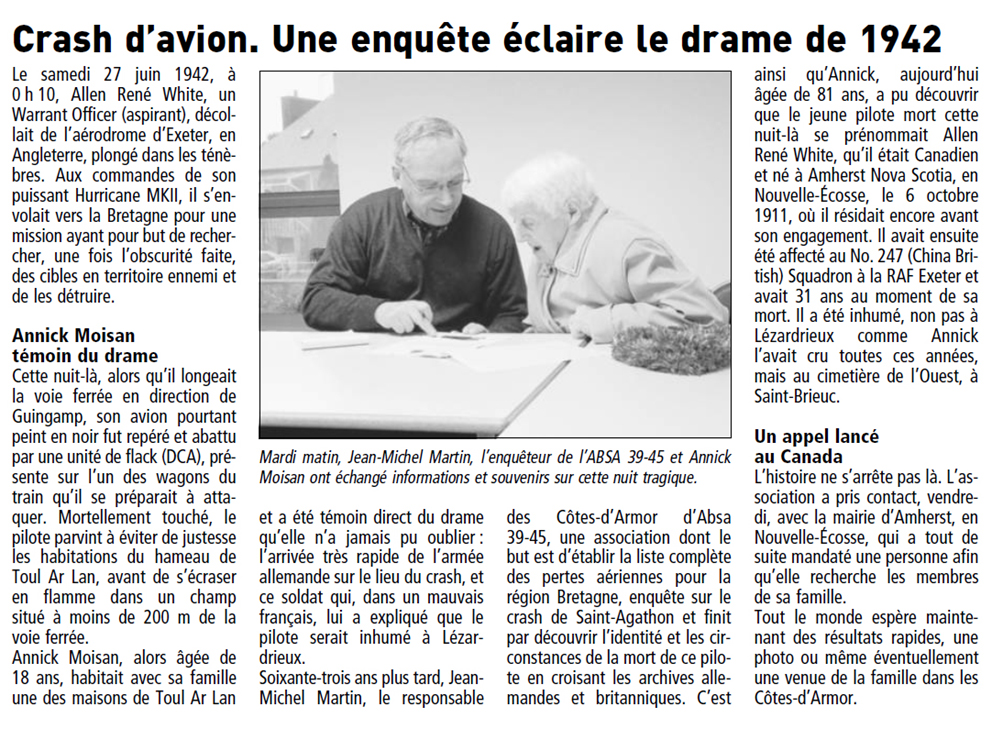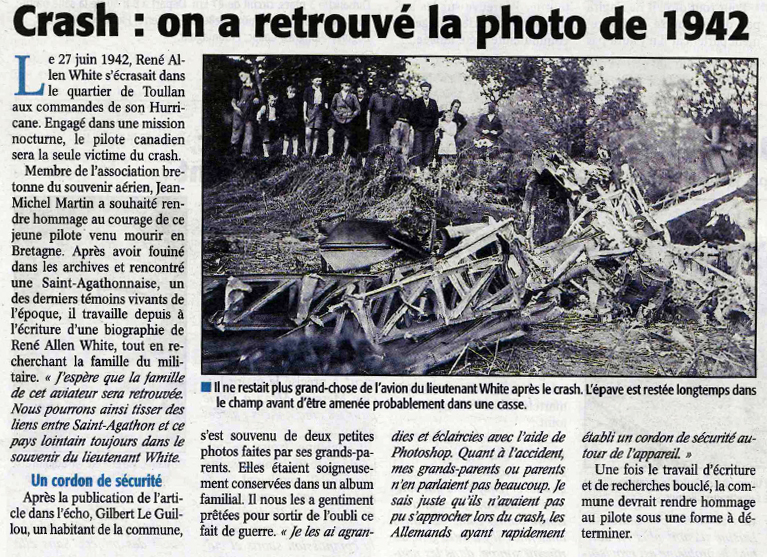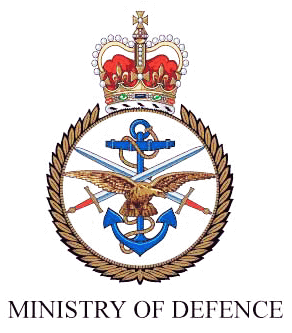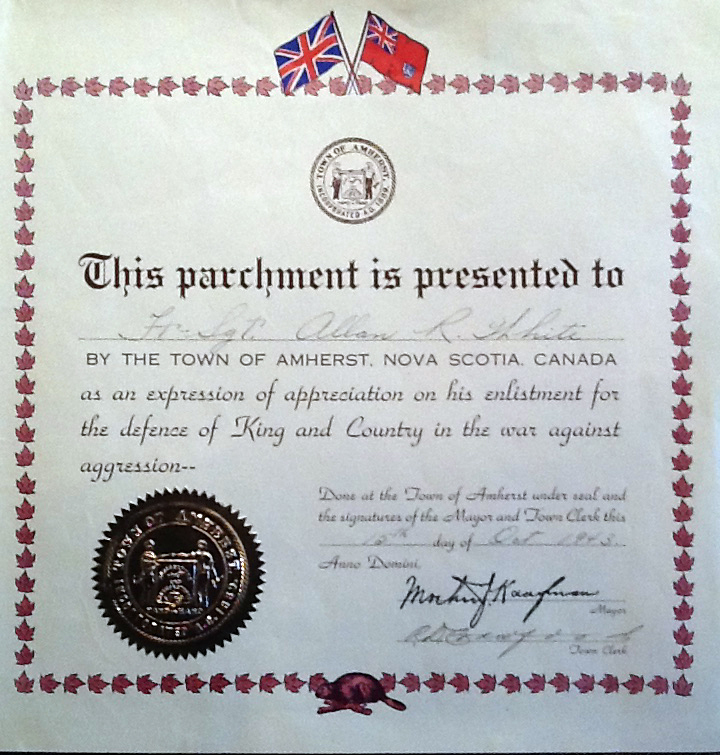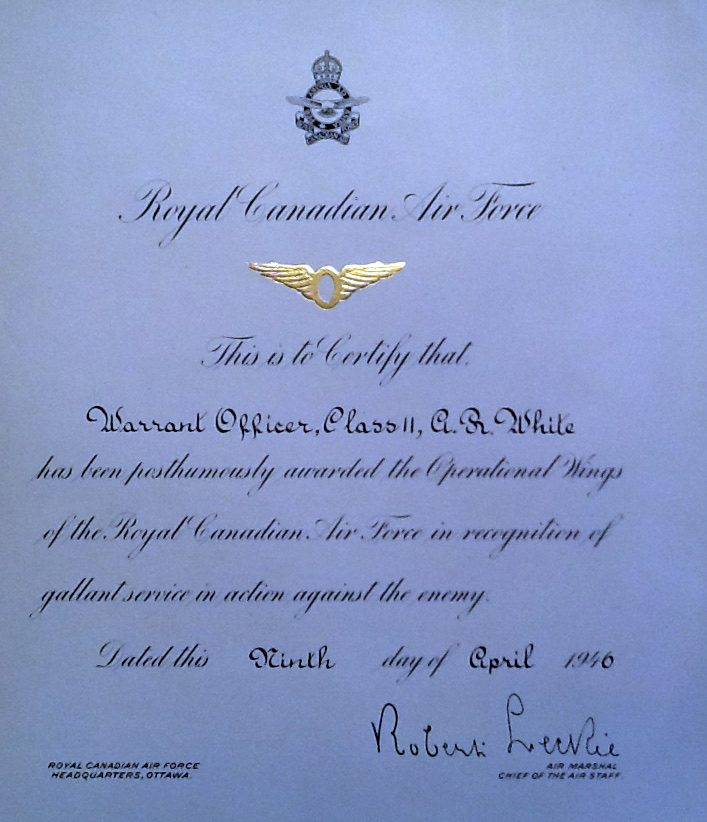|
Saint-Agathon "Toul ar Lann" Coded ZY-E
|
 Warrant
Officer Class II (Pilot). WHITE, ALLAN
RENE Warrant
Officer Class II (Pilot). WHITE, ALLAN
RENE
No. 247 (China-British) Squadron (RAF)
Mission intruder As he was sent on a night intruder mission over Morlaix and Saint-Brieuc, Warrant Officer Allan White takes off at 0. 10 from RAF base located at Exeter. The target is the railway. His Hurricane registered MK II c B N 231 is reported missing.(1)
Saturday June 27th 1942. Saint Agathon. Côtes d’Armor. Hawker Hurricane MK II c BN 231 code- named ZY n° 247 (China-British) Squadron (RAF) 247th Squadron had been based at Exeter (RAF) in Devon (at the tip of British Cornwall) since May 17th 1942. This squadron was known as China-British. As far back as the beginning of WWII many air units from RAF had received financial backing from the Commonwealth of Nations (i.e. the former British colonies and protectorates). This squadron had been trained along the Chinese coast as early as August 1st 1940 and was immediately operational. It chose the name Chu Feng (in Chinese characters) which means fierce wind; its motto was “Rise in the East”. The squadron had a most important part to play in U.K air defense that was repeatedly attacked by its stark enemy. As early as December 24th 1940 the squadron’s former aircraft (Gloster Gladiator) was replaced by fighter Hawker Hurricane as the previous biplane had become obsolete in comparison to German planes. The missions would be launched night and day to make a reconnaissance of enemy sites of all kinds and attack them (and whatever they were connected with).
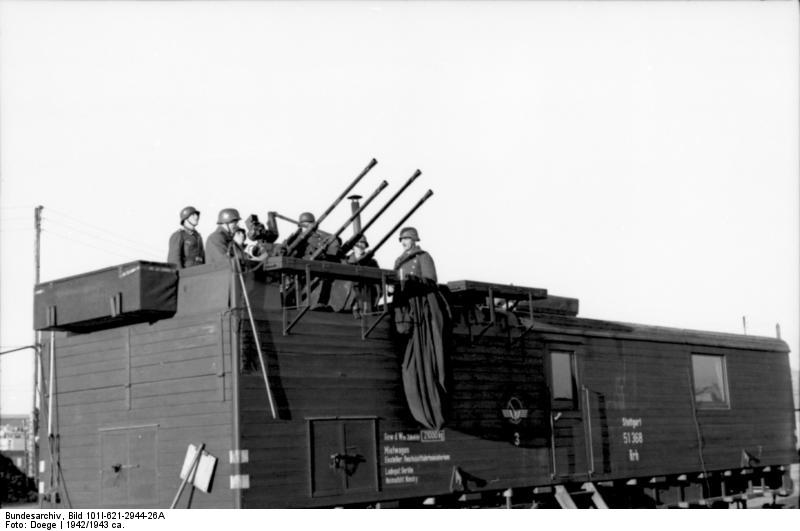
This snapshot shows one model of a wagon that Flak used along railways.
The Canadian pilot must have been the victim of Flak firing as he was flying along the Saint-Brieuc/ Guingamp railway. He crashed in a place known as “Toul ar Lann” in Saint Agathon, 200 m away from the railway. He died instantly. Warrant Officer White was 31. He was born in Amhurst, Nova Scotia on October 6th 1911; he used to live there before enrolling. Amhurst is located in Cumberland (along the Atlantic coast of Canada). He rests in the western cemetery in Saint-Brieuc, in the military section.
Jean Michel Martin ABSA 39-45. Janvier 2013
Allan Trenton (Canada, Flying School) in 1940 - he sent this picture to his mother for Mother's Day
White Allan Rene during his training as a pilot with his friends in his class. Allan is the back row on the left
Allan Rene White piloting a T6 (North American T6 Texan was the typical training aircraft used by fighters during WWII).
Allan and his girlfriend Theresa St. Hillaire
Hurricane Mk.II c Envergure :
12 m
Longueur :
9,83 m
Hauteur :
3.99 m
Moteurs :
1 Rolls-Royce Merlin. 1,280 hp (954 kW)
Vitesse maximale :
547 km/h
Plafond pratique :
10120 m
Autonomie :
740 km
Poids en charge :
2993 kg
Équipage :
1
Armement :
4 canons Hispano Mk II (20 mm) - 2 bombes,
250 lb (114 kg), ou 500 lb (227 kg)
Letter dated January 17, 2013, Ministery of Defence RAF Hurricane BN231 crashed in der Nahe des Dorfs, St Agathon near Guingamp Cotes-du-Nord.
|
Realization of color profile. Jean Marie Guillou
Translation of the biography in English: Véronique Sergeant Veyrié ABSA 39-45
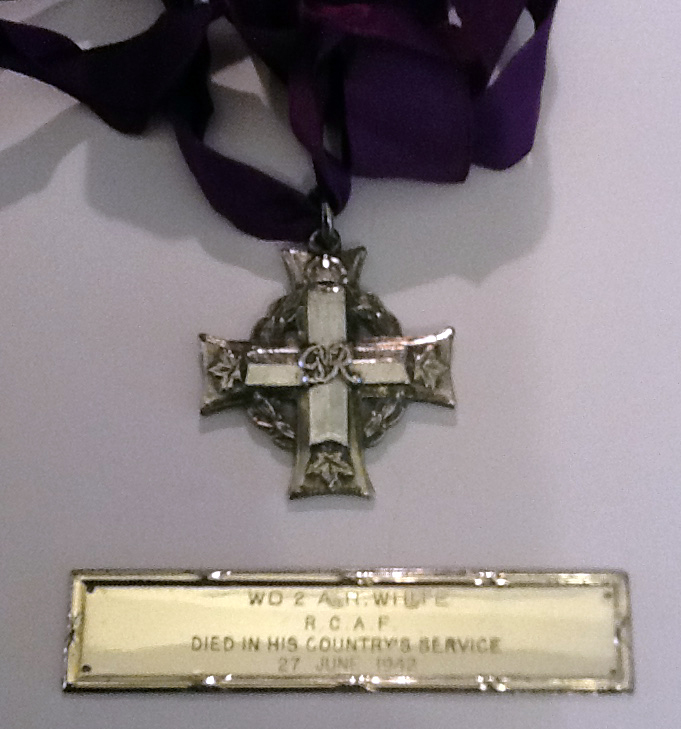 |
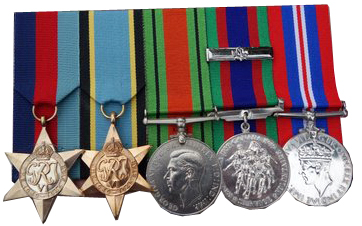 |
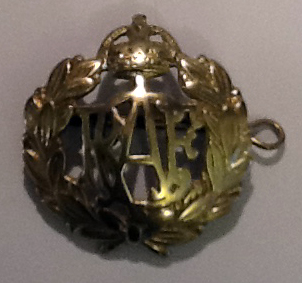 |
|
|
|
|
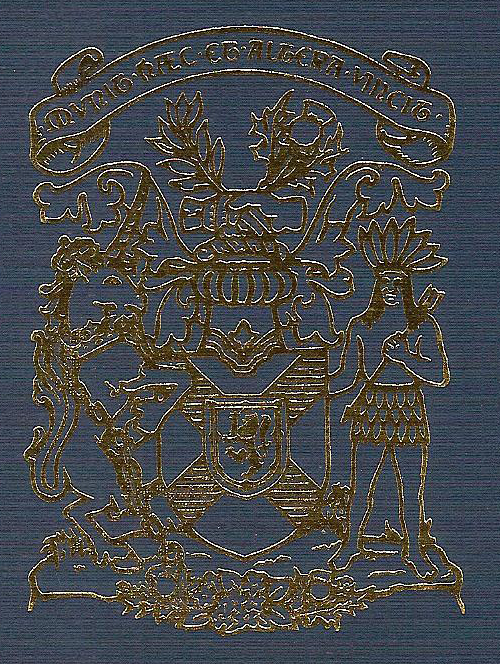
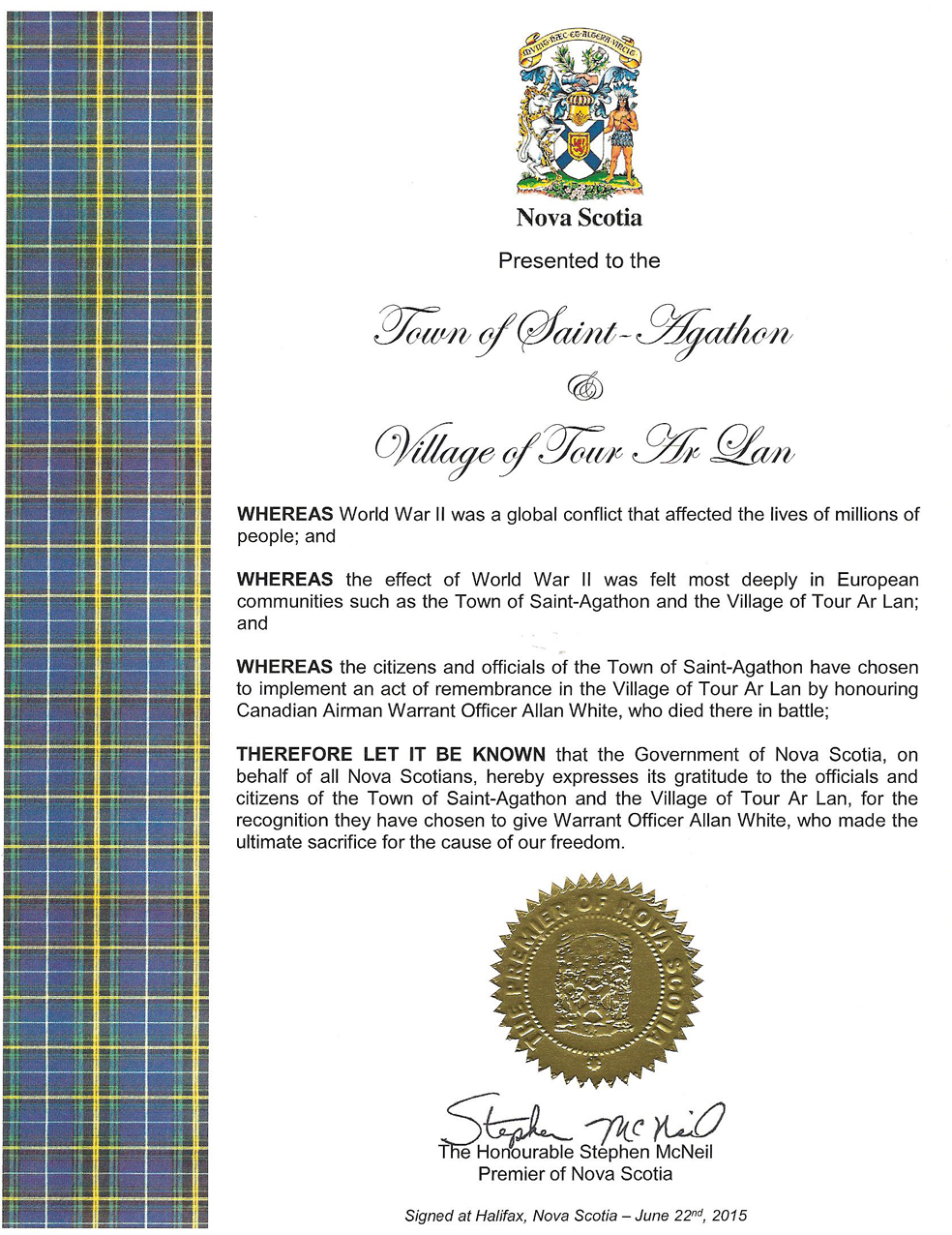
Letter from the Prime Minister of New Scotland Mr Stephen MacNeil

